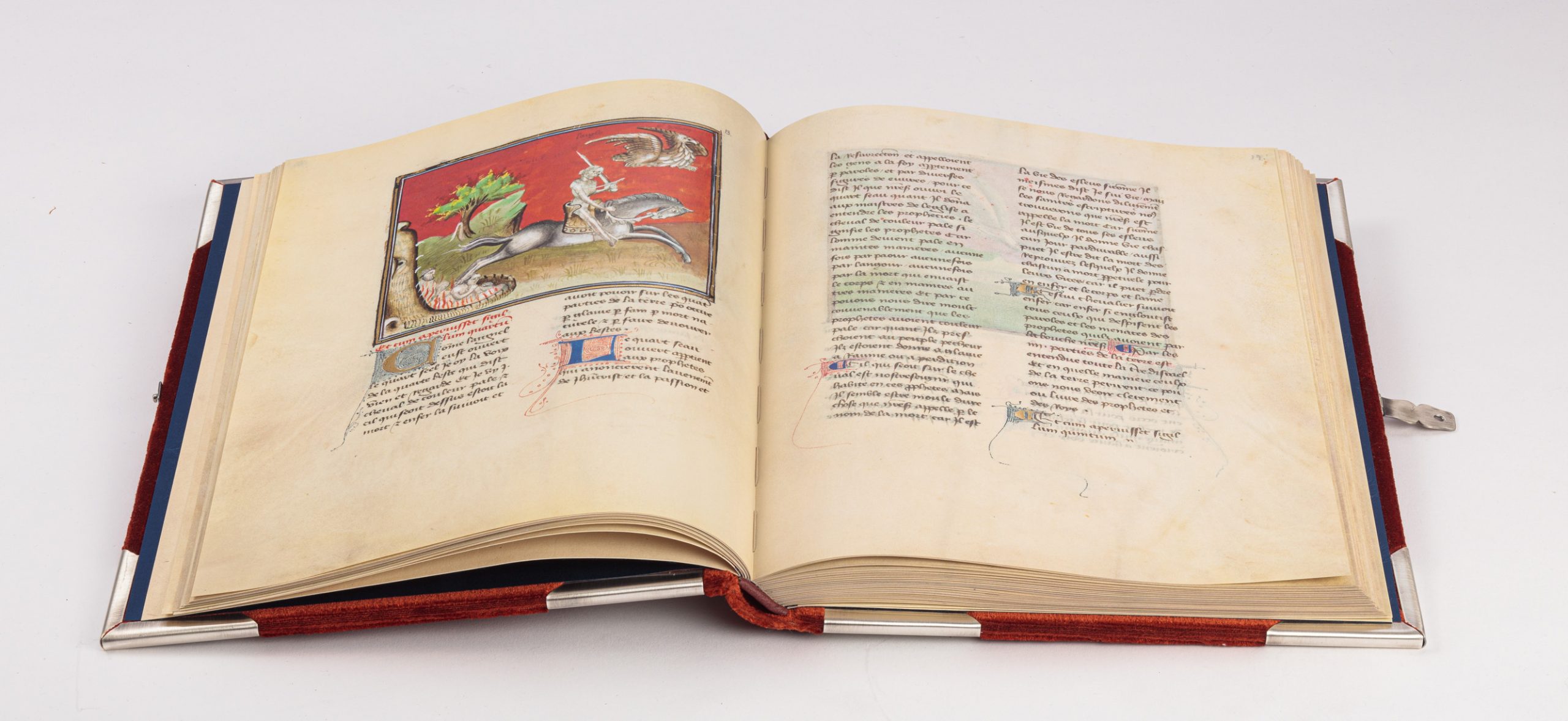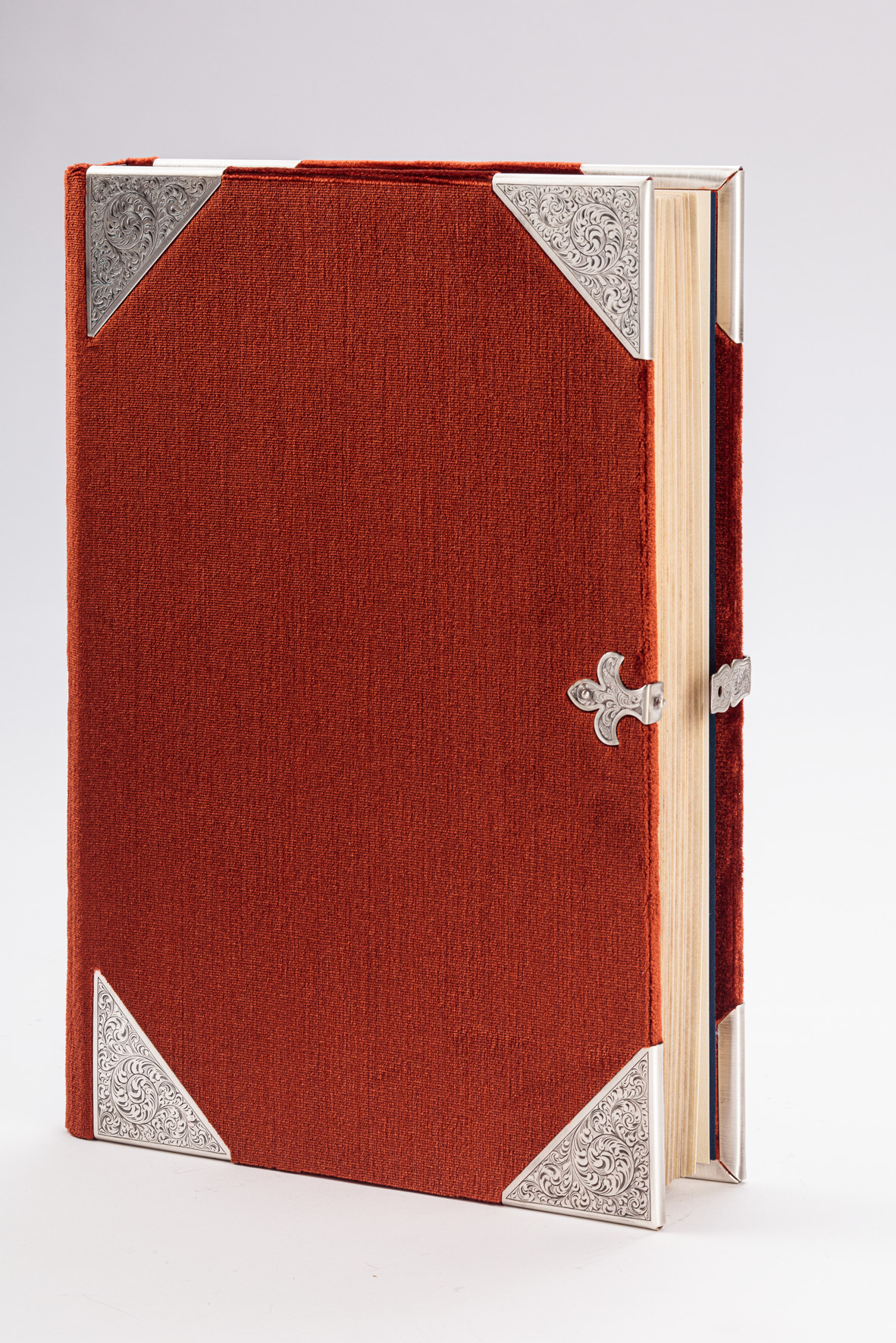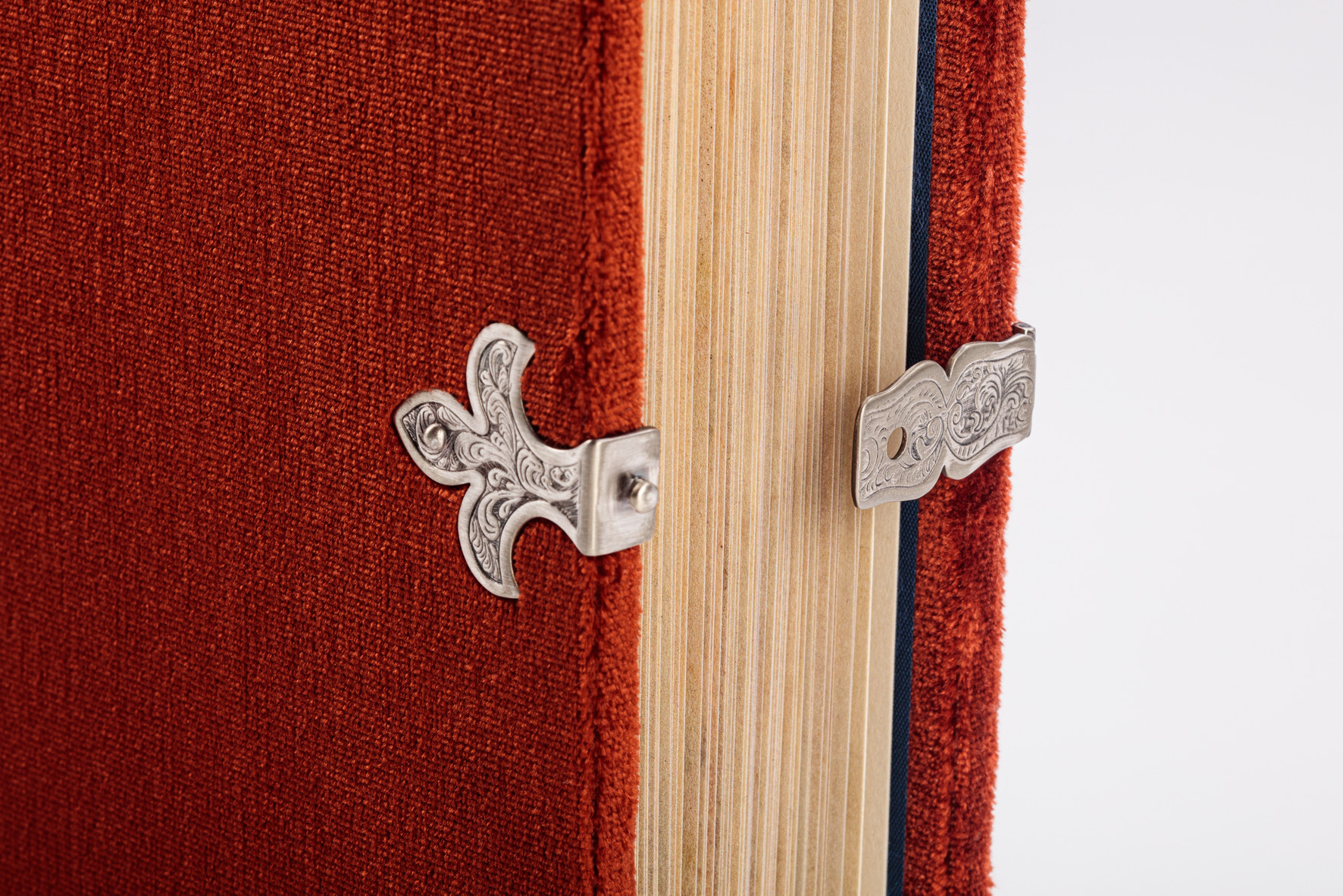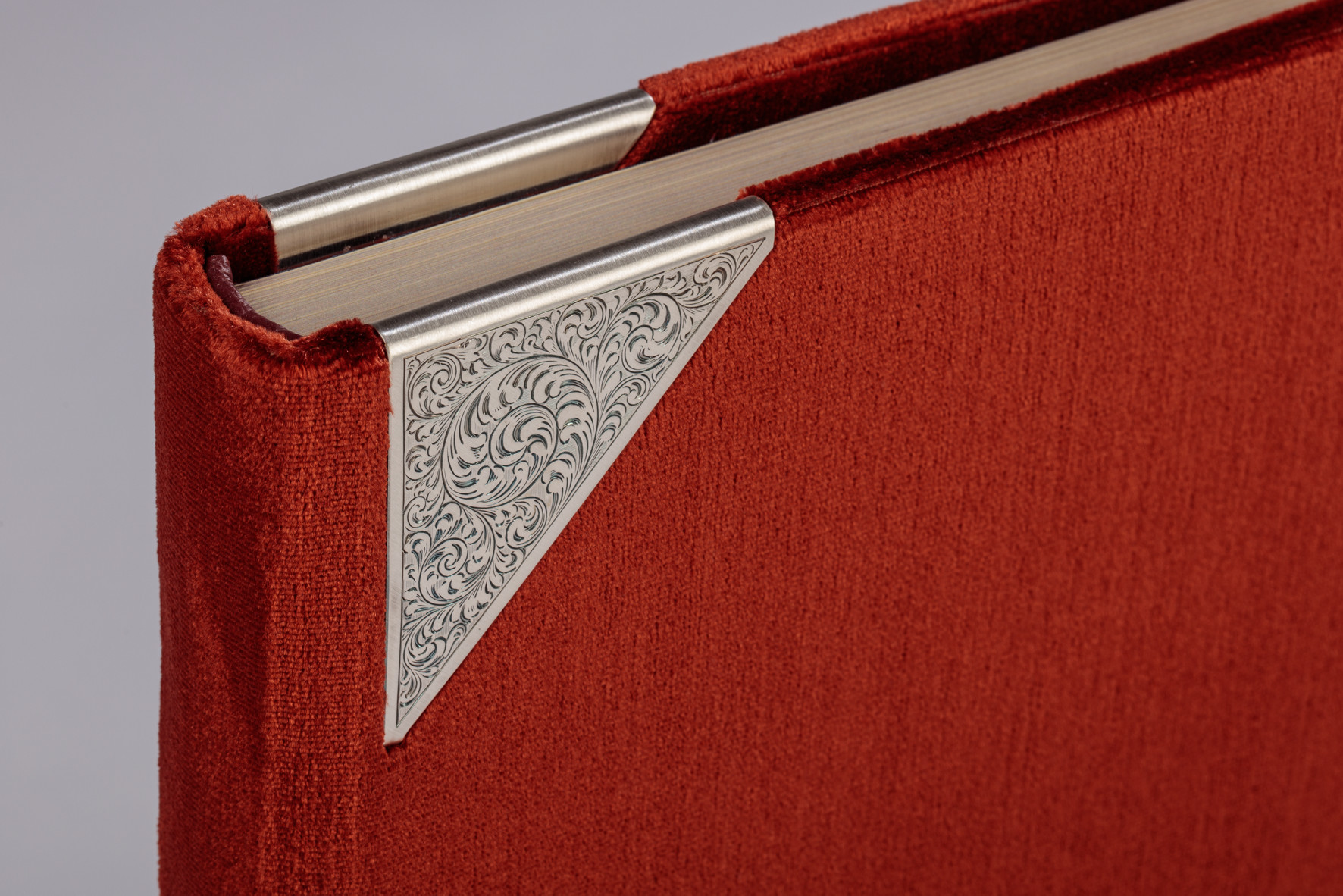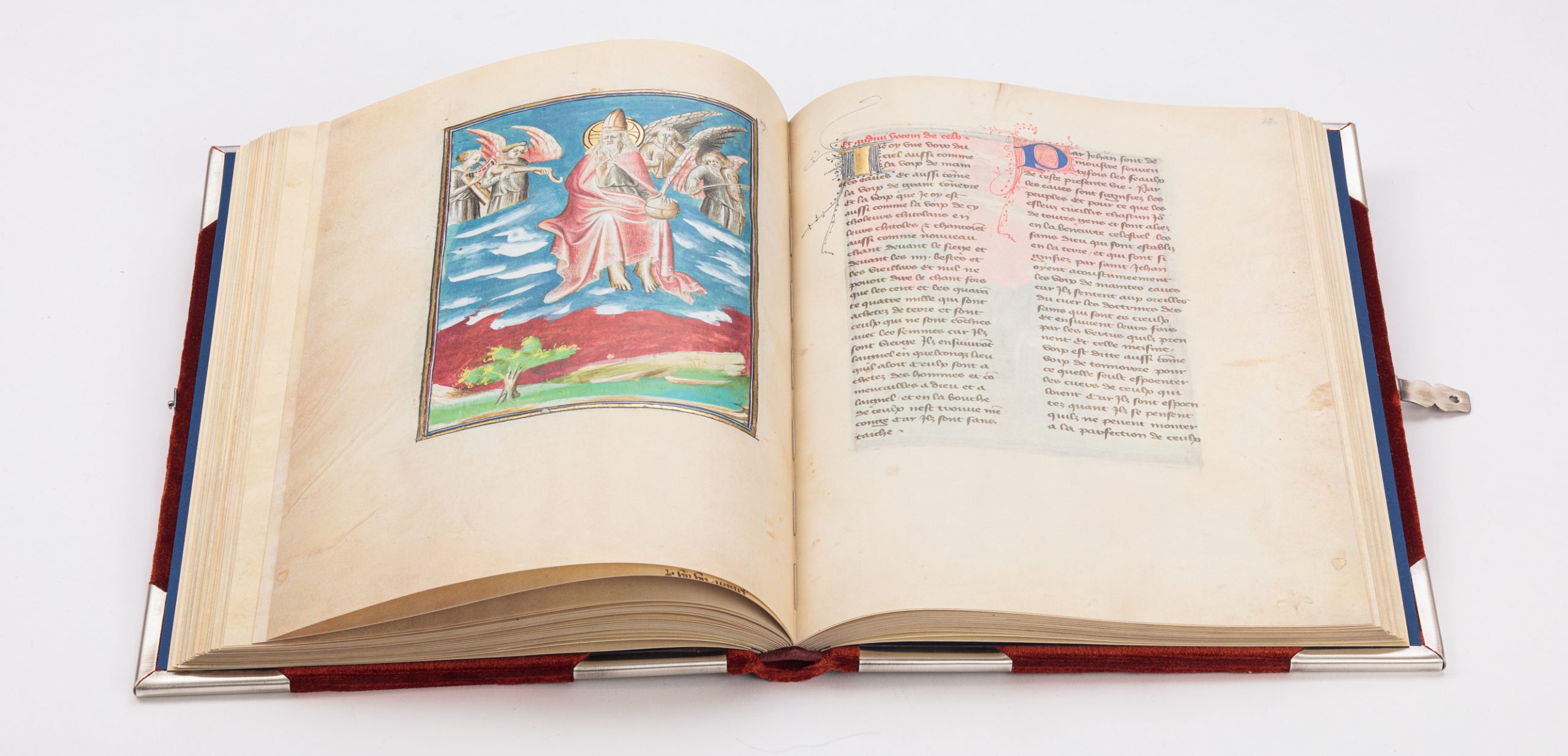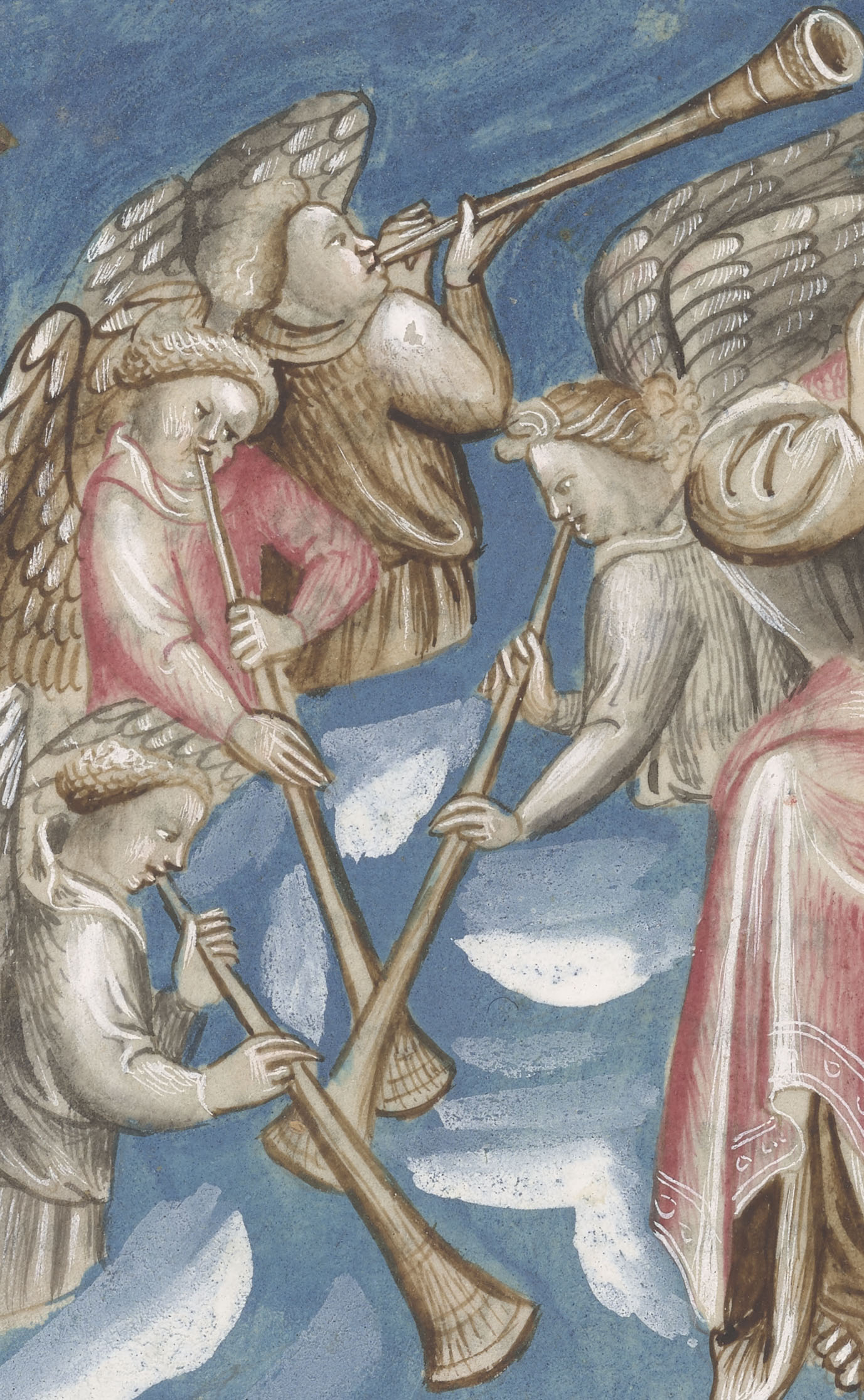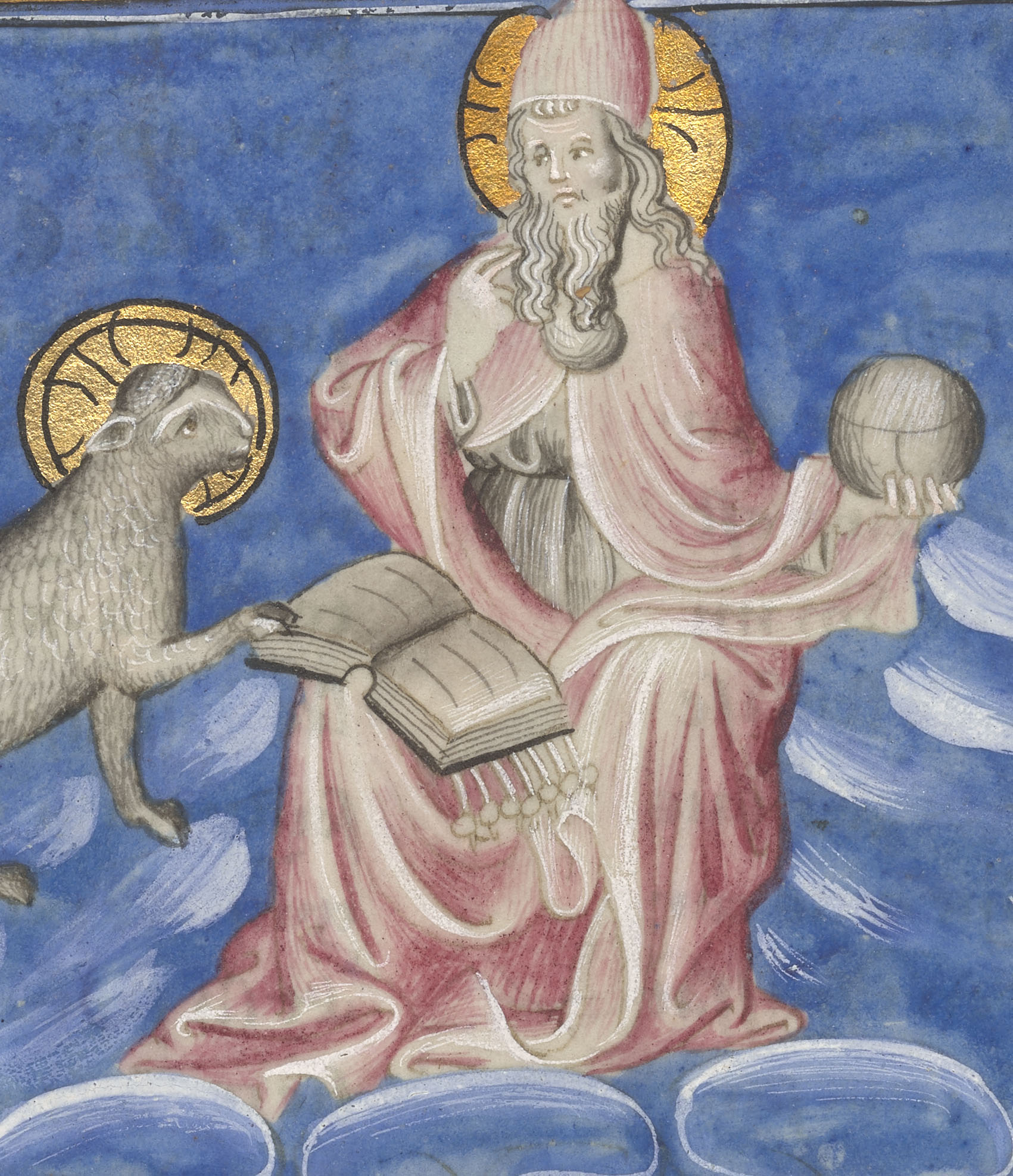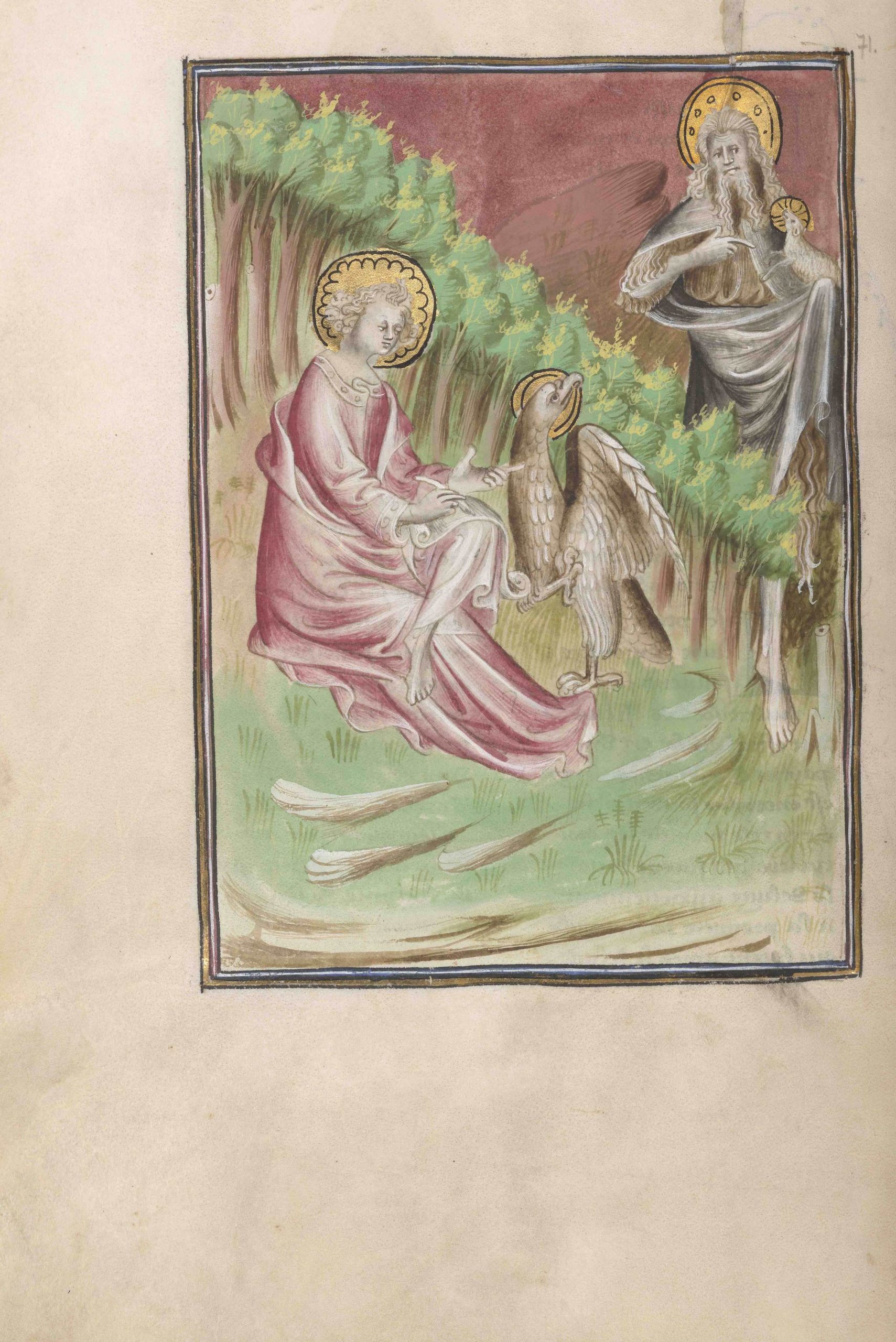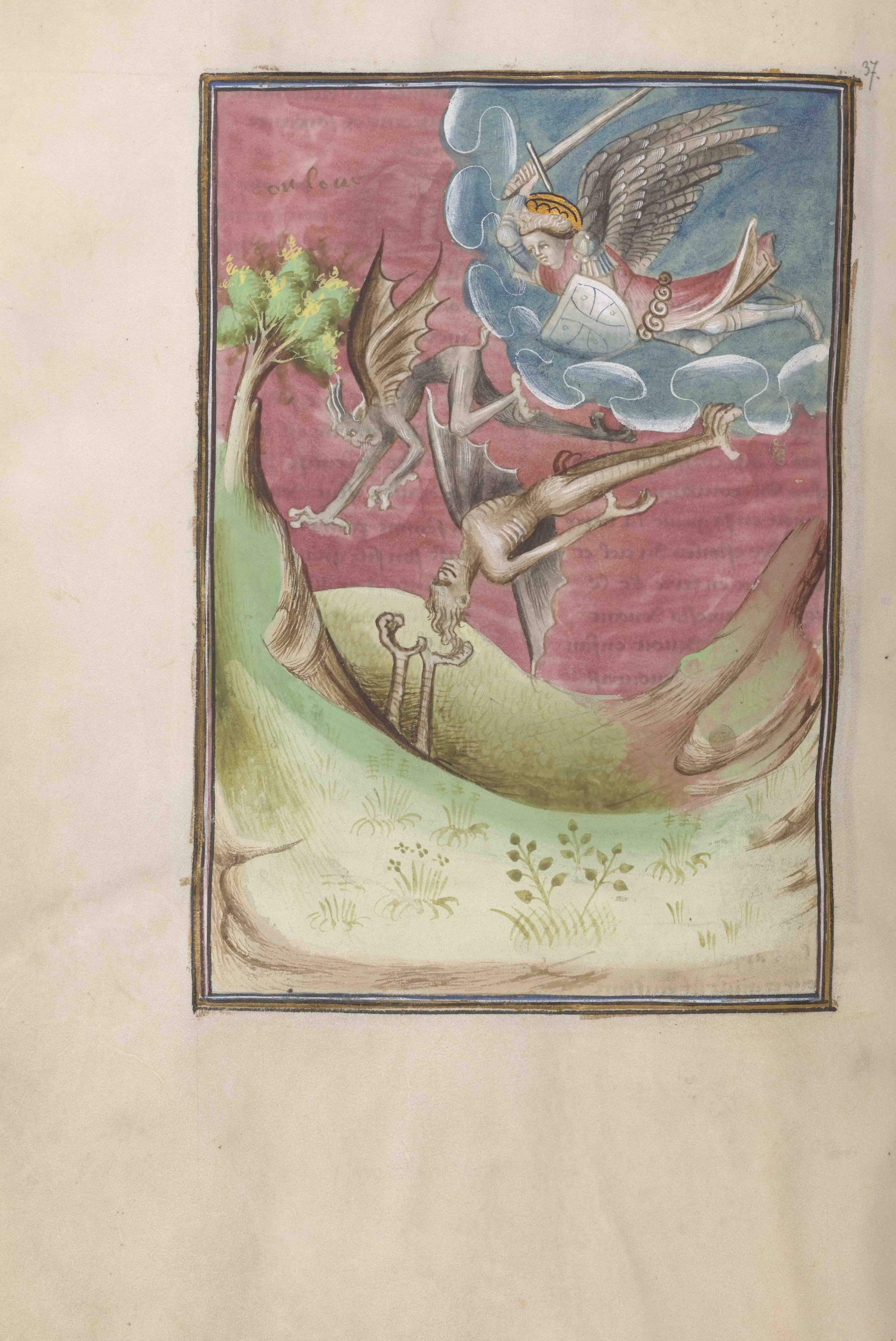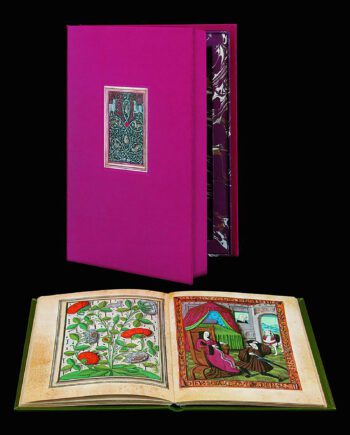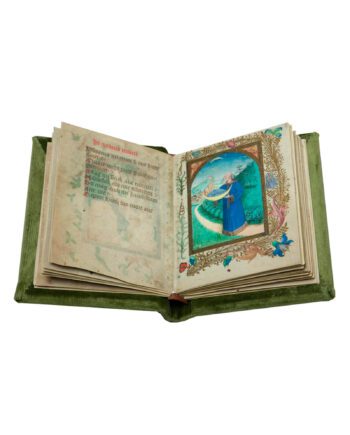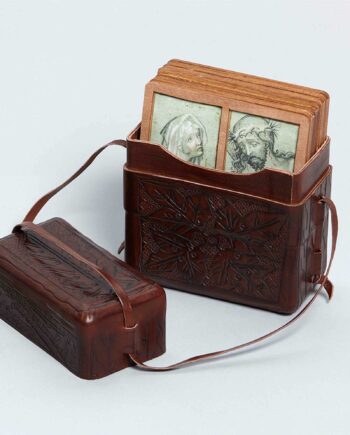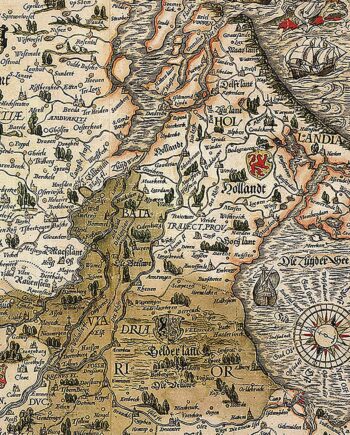Description
85 unique miniatures for the Duc de Berry
The Berry Apocalypse is according to experts one of the most impressing manuscripts from the collection of the Duke of Berry. The picture cycle based on the Secret Revelation from the collection of the Duke of Berry is kept today in the Morgan Library & Museum under the signature MS M.133 and is one the manuscripts richest in imagery in the important collection of this bibliophile of the late Middle Ages. The manuscript was probably created in Paris around 1410 and its artist was named after his main work: Master of the Berry Apocalypse. On folio 86v, an inscription indicates the noble owner of this manuscript, the probably most famous bibliophile of the Middle Ages, Jean Duc de Berry: „Ce livre est au Duc de Berry Jehan“.
A unique visionary picture cycle in the Berry Apocalypse
On 87 large-sized parchment leaves, there are 85 vigorous miniatures, which illustrate and reflect the visionary text with extraordinary dramatic expressiveness. The artistic realization reveals a unique style and iconography and allows the observer to concentrate on the essence of the content. The image scenes focus clearly on characters and events, thus creating a unique picture cycle with extraordinarily visual interpretations of an imaginative iconography and an explicit relationship between text and image.
Expressive characters on colourful backgrounds
The manuscript shows an important influence from 13th to 15th century illustration groups, and based on that developed its singular style. The text is written in Middle French and the miniatures, placed to the left of the matching text leaf, are often illuminated by rubrics in Latin. The biblical text is followed by extracts of Berengaudus’ interpretations of the Secret Revelation.
The collection of the Duc de Berry – a library of treasures
The manuscript of the Secret Revelation by the Berry Master was part of the probably most important library of the late Middle Ages: the collection of the art lover and bibliophile Jean Duc de Berry. His library comprised more than 300 manuscripts, whose most famous is undoubtedly the Très Riches Heures, today kept in the Musée Condé in Chantilly. The life of Duc de Berry was determined by three big events: the plague in his youth, the Hundred Years’ War and the Papal Schism. Like no other manuscript from his library, the Apocalypse fits into these troubled times and surely served him, especially at the end of his life, as a consolation book as well as antithesis and redemptory Parousia for the apocalyptic time he was living in.
An incredible picture cycle illustrating the mysterious last book of the New Testament
The true-to-the-original Fine Art Facsimile Edition of the manuscript MS M.133 in the Morgan Library & Museum in New York is limited to 900 hand-numbered copies worldwide. 85 large-size miniatures and numerous initials on 87 leaves of 30.2 x 20.8 cm illustrate the unbelievable Apocalypse of the Duc de Berry. The original book cover of dark orange velvet will be reproduced faithfully, including the chased silver hinges and the finely graved silver clasp shaped as the French fleur-de-lys. A sumptuary box protects the precious edition.
The scientific commentary volume by Richard K. Emmerson studies all aspects of the manuscript, traces back its exciting history and describes all miniatures and initials in detail.



